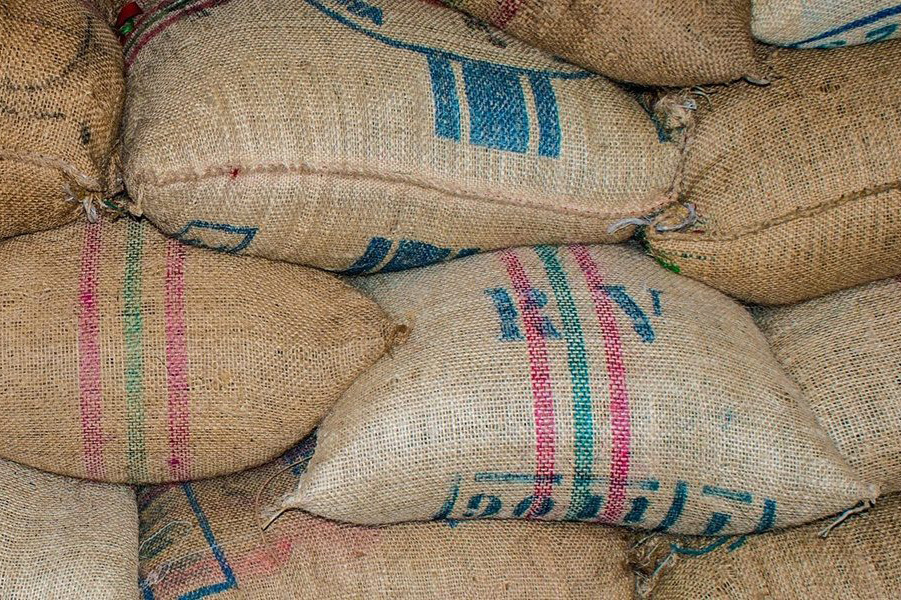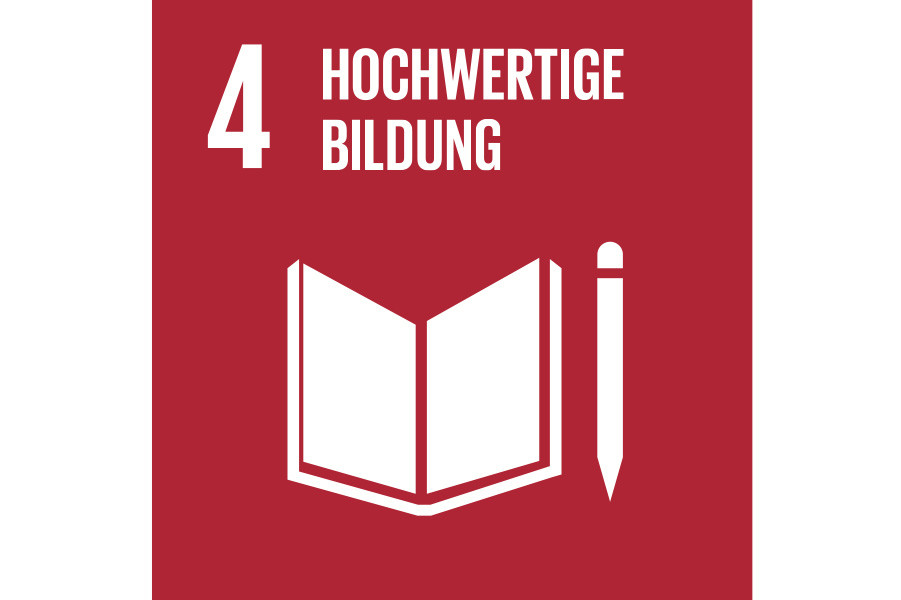/UniNEtZ
Final Thesis Market
To offer:

To calculate the biodiversity footprint of Austrian soybean feed imports from Argentina.
The import of soya feed for meat production results in a number of negative impacts in producer countries, first and foremost the destruction of ecosystems with the associated release of CO2 and the loss of their biodiversity. In Austria, a large part of the soya imports is produced in Brazil and Argentina. As part of the UniNEtZ mentorship of SDG 15 (for further information on UniNEtZ see: https://www.uninetz.at/) a bachelor thesis at the Institute of Forest Ecology on the calculation of the biodiversity footprint of Austrian soy feed imports from Argentina is to be assigned.
Contact person: Sophia-Marie Rammler sophia-marie.rammler@boku.ac.at
Completed:

Side issue Sustainable Development Goals? Decision-makers on SDG 4.7 Implementation in Austrian Secondary Education
University: Johannes-Kepler-University Linz
Supervisor: Veronika Wittmann
End: Oktober 2020
Contact: Viktor Steindl
Download (.pdf)

Wohnraum, Macht & Exklusion – Die Rolle des Wohnraumes für die sozialräumliche Exklusion von geflüchteten Menschen in der Stadt Salzburg
University: Paris-Lodron Universität Salzburg
Supervisor: Andreas Koch (Universität Salzburg)
End: Juli 2020
Contact: Susanne Liedauer
Download (.pdf)
„Living space“or„spaces of living”exert on anyscale a massive influence on societyand its individualsand can beused as an analytical platform of social processes. This space revealsan individual’seconomic conditions and social mechanisms, like hierarchization, exclusion, discrimination. In 2020, many cities ought totackle the problems of not enoughaffordable living space: rent prices steadily increase, wages are not rising at the same rate,society becomes morediverse and grows, specifically in urban areas.Consequently, an increasing number ofmiddle-classAustrians are at risk of poverty, but even moreoften, also those at the lowest level of social stratification. Muslim refugees, whoare facing discrimination and social exclusion after their arrival in Austria, are among this stratum(Aigner 2019). In the City of Salzburg, those problems meeteach other. This thesis intendsto find out to what extent social exclusion of formerly fled people is being expressed by the exclusion from affordable and socially inclusive living spaces. Herein,living spaces arenot the crucial factor of exclusion, but they consolidate socially produced phenomena, e.g. discrimination and exclusion. The extent of exclusionand the aspect of power of spaces of living as well of those ruling of it, are thefociof this thesis.

Sustainable Development Goals (SDGs) with a focus on poverty – Implementation of the SDGs at the national level using Austria as an example.
University: Johannes-Kepler-University Linz
Supervisor: Andreas Koch (University of Salzburg)
End: June 2019
Contact: Monika Glavas
E-Mail: moniglavas@gmx.at
This thesis deals with the implementation of the "Sustainable Development Goals" with a focus on poverty using Austria as an example. After the "Millennium Development Goals", UN members are now supposed to implement the new 17 "Global Goals" of the SDGs, with their 169 sub-goals for sustainable development, by 2030. The difference between the SDGs and the MDGs is that the SDGs make all states responsible for sustainable development. The general goal of the SDGs is to jointly address the global and complex challenges of the present time, for example poverty, inequality, crises, climate change, ... within and between countries. This paper deals with the 1st SDG (to fight poverty in all its forms and everywhere) and its definition, as well as around the implementation of the goal in Austria. In this country, poverty is defined differently than elsewhere, as Austria is prosperous compared to other member countries of the UN. The Austrian implementation approach to poverty and its eradication is only partly represented by the Austrian set of indicators developed by Statistics Austria. It becomes clear that by 2030, the concept must be expanded to include additional factors and indicators in order to achieve the prescribed target.
